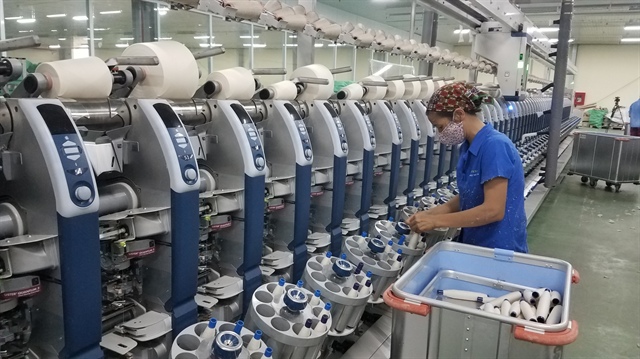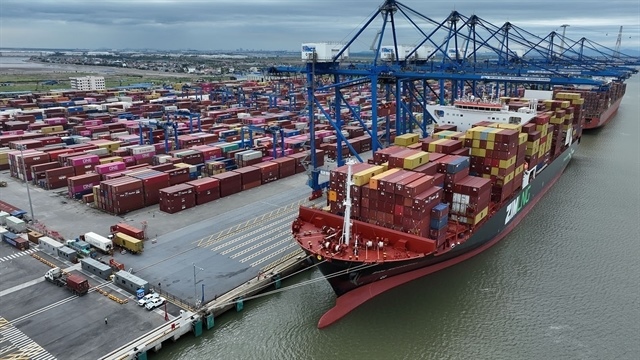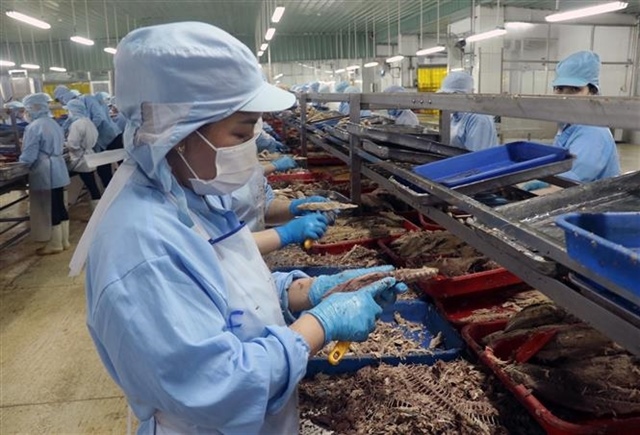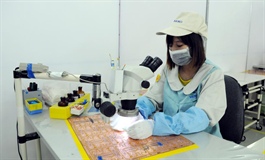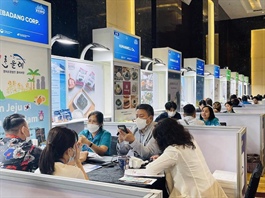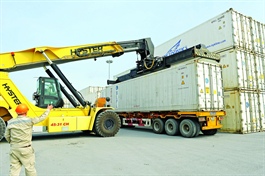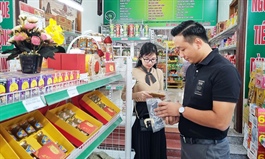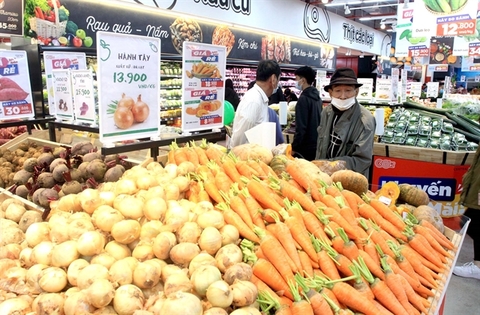Textile raw materials in urgent need
Textile raw materials in urgent need
The supporting industry of the textile and garment sector needs strong state backing, especially in terms of capital and policies to support the production of raw materials.
High material costs
According to the Vietnam Textile and Apparel Association (VITAS), in the first seven months of 2022, production and business activities of textile and garment enterprises recorded favorable results, with total textile export turnover estimated at US$26.55 billion, up 16.5 percent over the same period in 2021.
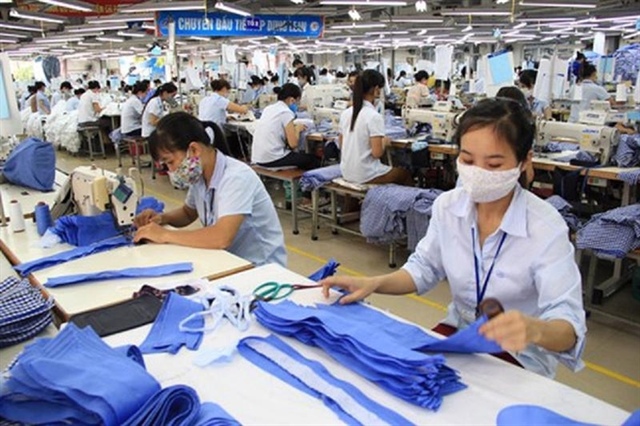
Promoting the development of the textile and garment supporting industry |
However, Vietnamese enterprises are facing fierce competition with experienced textiles exporters to Pacific Rim markets of the Comprehensive and Progressive Agreement for Trans-Pacific Partnership (CPTPP) and to the EU, such as China, Bangladesh, Turkey, and India.
VITAS explained that Vietnam now has to import up to 80 percent of fabrics for garment exports and despite the great efforts of domestic enterprises, the dependence on imported raw materials remains high. During the first seven months of 2022, the total import turnover of textile materials and accessories was estimated at US$15.48 billion, a year-on-year increase of 7.9 percent. They included cotton, textile fibers, fabrics of all kinds, raw materials for the textile, garment, leather and shoe industries and were mainly imported from China.
According to some experts, the development of the textile and garment support industry is still facing difficulties because many localities are not interested in developing textile and dyeing projects due to environmental pollution concerns. In addition, the production of raw materials and accessories requires technology and capital, while many Vietnamese enterprises, especially of small and medium sizes, lack sufficient resources.
|
Meanwhile, under the rules of origin imposed by new-generation free trade agreements (FTAs), yarns and fabrics must be produced in Vietnam, used in Vietnam or in other members of the FTAs, in order to qualify for preferential taxes. This requires textile enterprises to form and develop an entire domestic value chain.
Industry development strategy
VITAS has urged the government to quickly approve the “Strategy for the development of the textile and footwear industries to 2030, with a vision to 2035” for the formation of large industrial parks with centralized wastewater treatment systems; advanced and green technologies to attract investment in textile dyeing, and ensure stable fabric supplies for garment export.
In its draft strategy, the Ministry of Industry and Trade (MoIT) proposed a number of solutions on technological innovation, especially in textile finishing stages to promote supporting industry for the textile industry.
Regarding development policies for the supporting industry, experts advise industrial parks to be linked with convenient roads to sea port systems, thereby reducing transportation costs and product prices. Financial mechanisms and tax incentives for investors in wastewater treatment systems should also be adopted.
In the industry development strategy, key regions and localities need to be clearly identified in the planning of industrial parks and of wastewater treatment plants to call for secondary investors in these stages.
| In order to partly meet the source of raw materials, the textile and garment industry is coordinating with the MoIT to build a number of large textile and garment industrial parks with wastewater treatment systems that protect the environment and meet the greening standards of the industry. |


